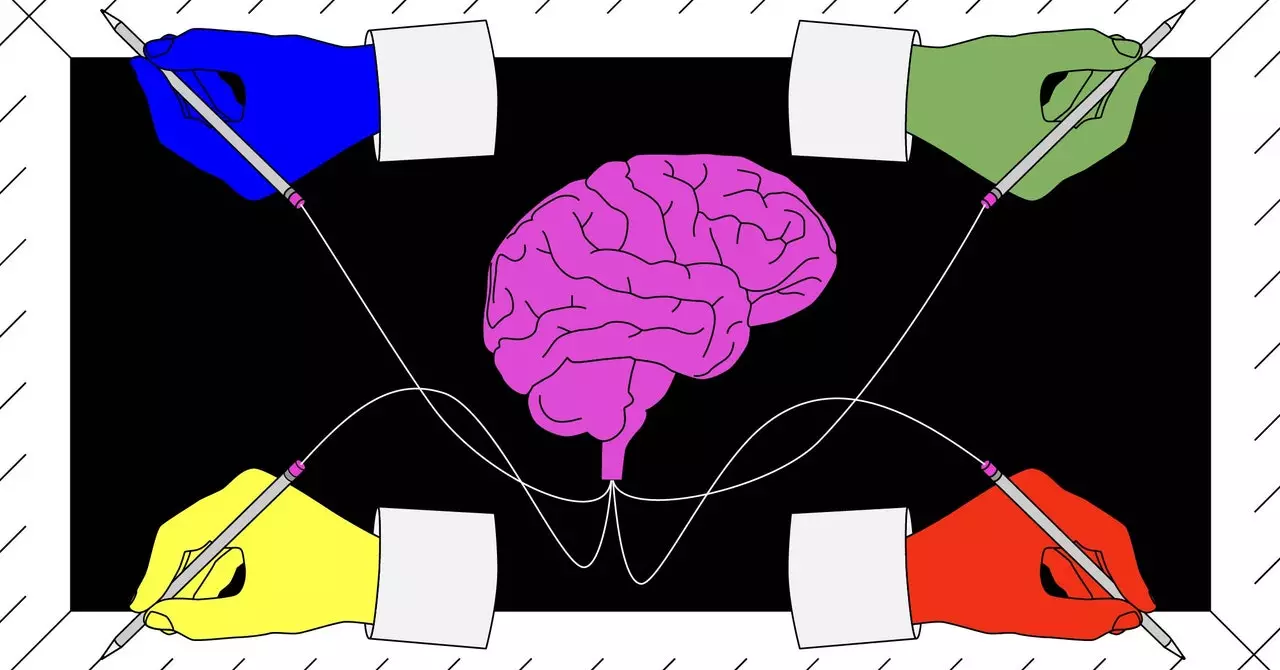The rise of generative AI has revolutionized the way in which students approach writing assignments. According to recent data released by plagiarism detection company Turnitin, over 22 million papers submitted in the past year may have utilized generative AI technology in some capacity. This has sparked a debate among educators and students alike about the ethical implications of using AI to assist in academic writing.
Turnitin introduced an AI writing detection tool that has analyzed over 200 million papers, with 11 percent of them potentially containing AI-generated language in 20 percent of their content. Interestingly, 3 percent of the reviewed papers were flagged for having 80 percent or more AI writing. This highlights the prevalence of generative AI in academic writing among high school and college students.
Despite the convenience and efficiency offered by AI writing tools like ChatGPT, concerns have been raised about the reliability and accuracy of content generated by these systems. Generative AI has been known to produce erroneous information, create biased text, and even fabricate academic references. This poses a significant challenge for educators in detecting and addressing instances of AI-generated content in student papers.
Teachers are faced with the task of holding students accountable for the use of generative AI without proper acknowledgment or disclosure. Detecting the presence of AI in student writing is complex, as it differs from traditional plagiarism detection methods. Some instructors have resorted to unreliable techniques to identify AI-generated content, causing distress among students and raising doubts about the fairness of assessment processes.
Evolution of Detection Tools
In response to the growing use of generative AI in academic writing, Turnitin has updated its AI detection tool to identify not only AI-written text but also content rewritten by word spinners and other software like Grammarly. This reflects the evolving landscape of student writing practices and the challenges faced by educators in enforcing academic integrity standards.
Bias and Accessibility Concerns
There are concerns about the potential bias in AI detection tools, as evidenced by a study showing a high false positive rate for English language learners. This raises questions about the equitable treatment of students from different linguistic backgrounds and the need for inclusive practices in AI detection algorithms.
The use of generative AI in student writing poses significant ethical, pedagogical, and technological challenges. As AI continues to evolve and integrate into writing tools, educators must adapt their practices to ensure academic integrity while supporting student learning and innovation. The debate surrounding the impact of AI on student writing is likely to persist as technology advances and society grapples with the implications of artificial intelligence in education.


Leave a Reply